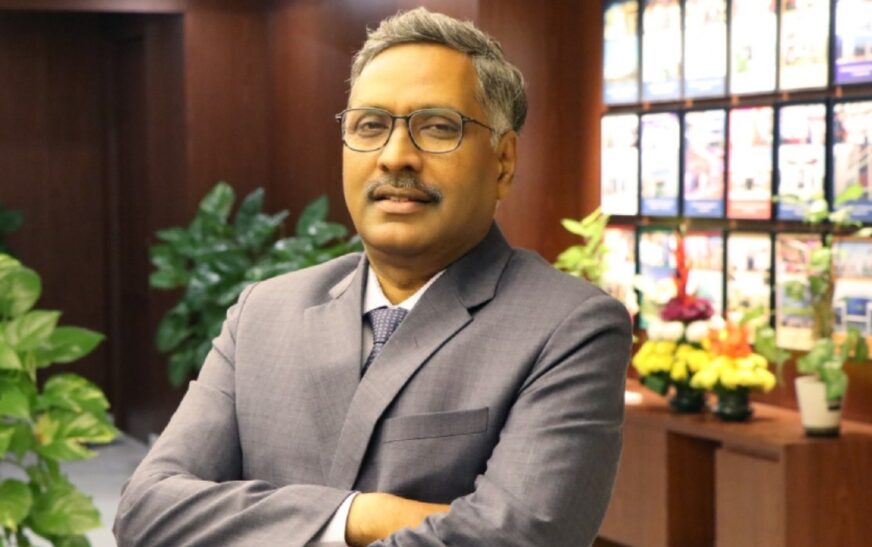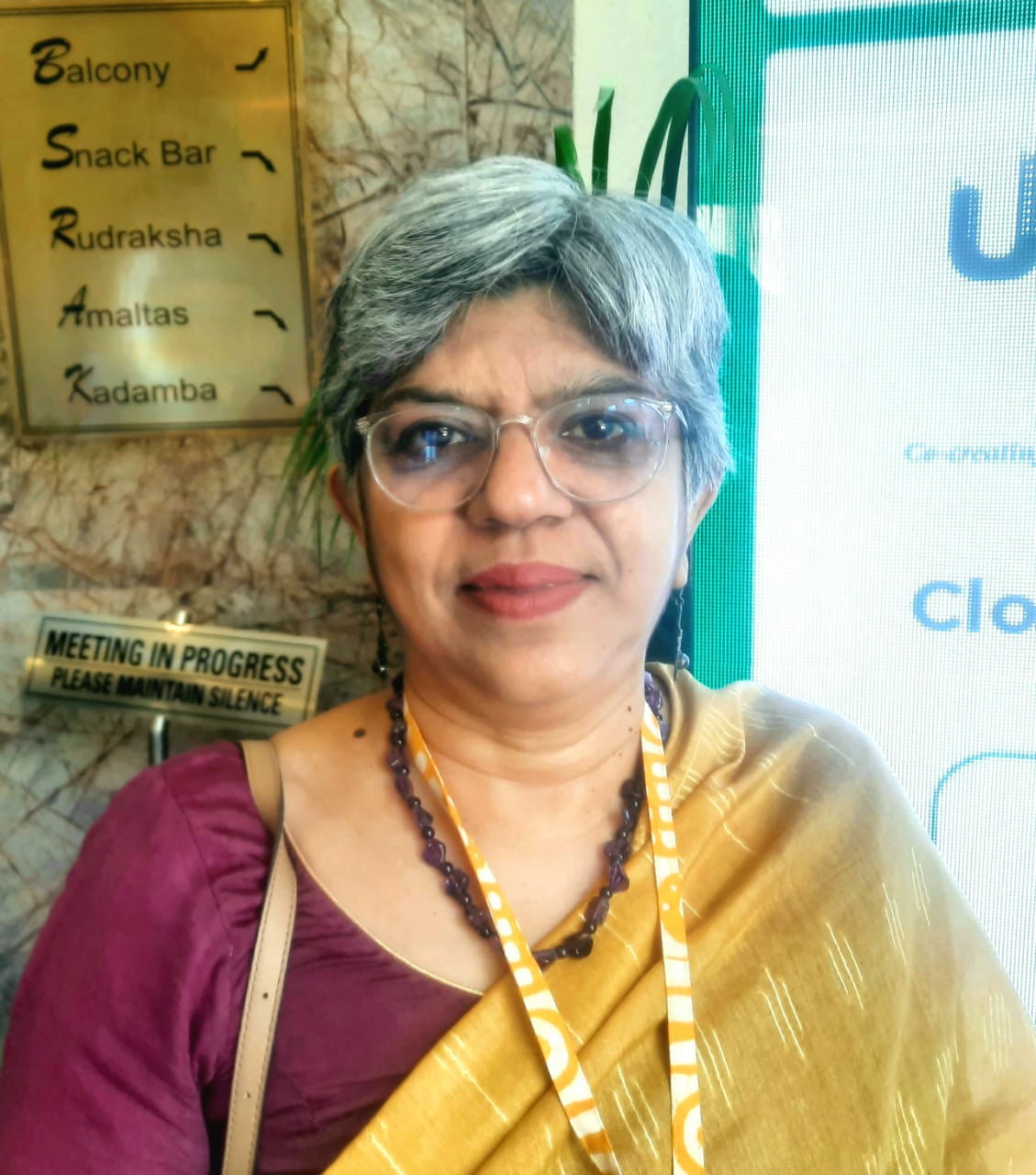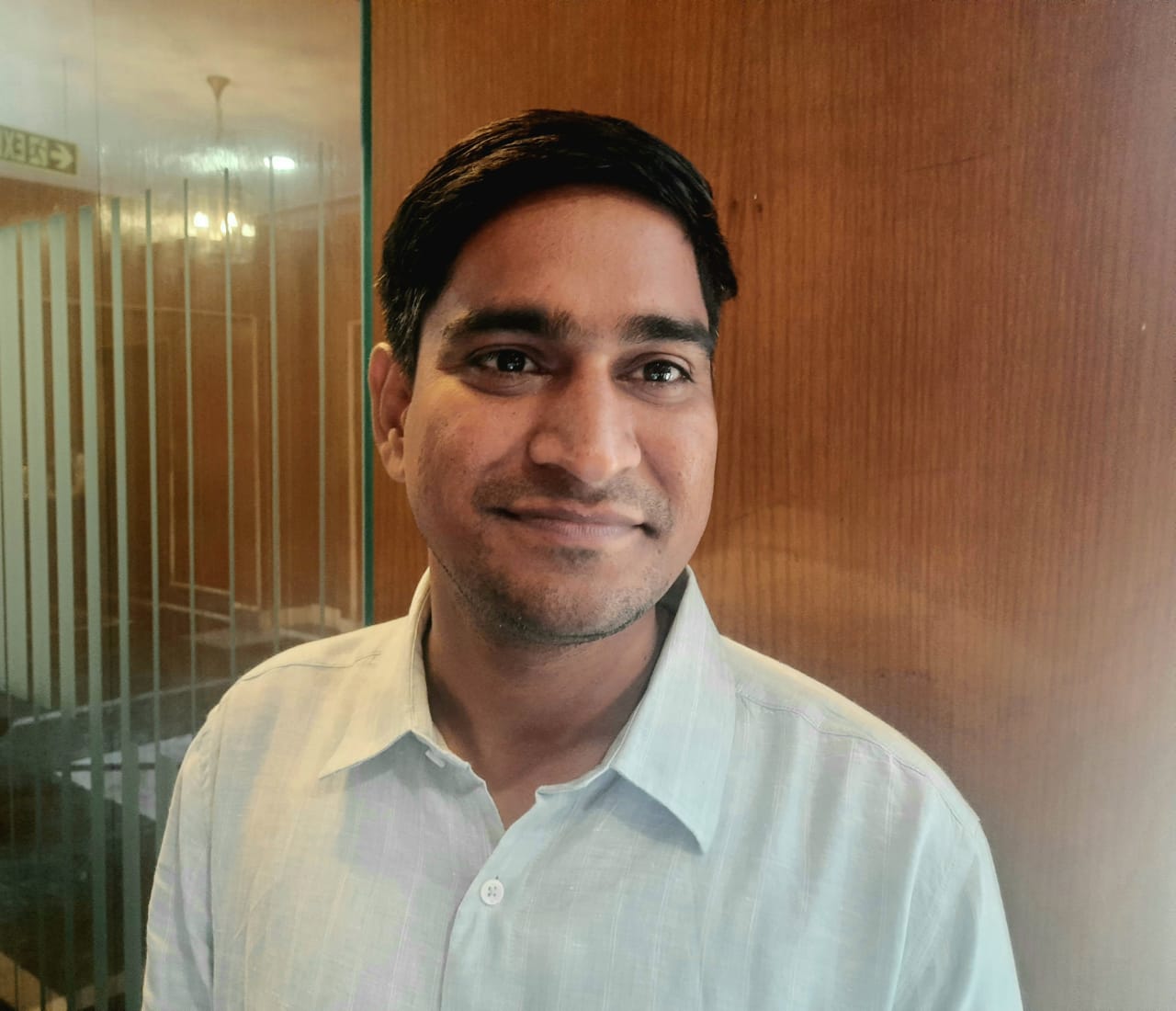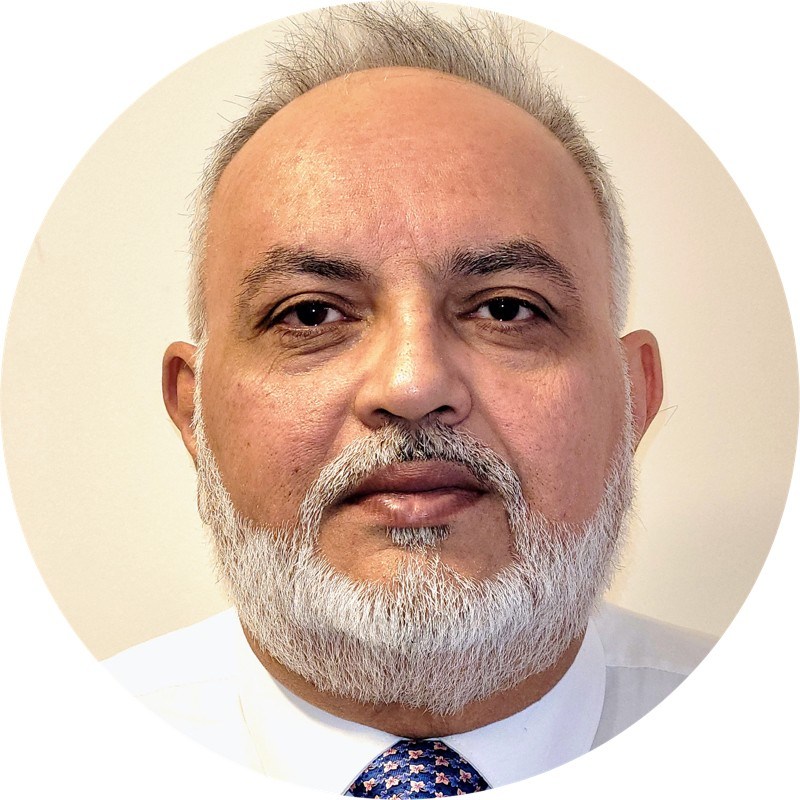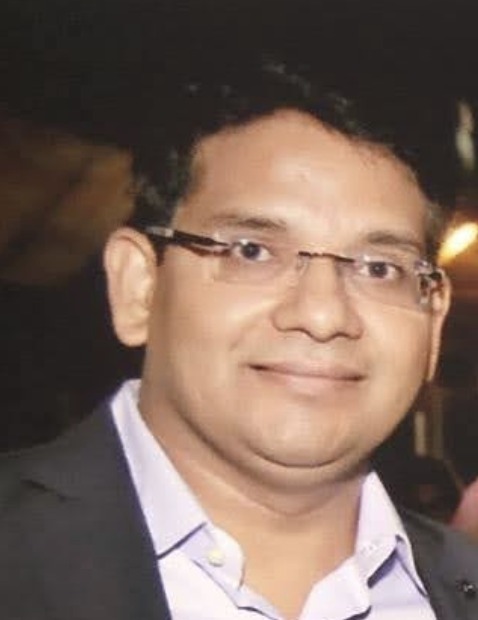The Software Technology Parks of India (STPI) has not merely sated the aspirations of the Indian IT/ITES sector; it has audaciously reconstituted the global discourse on Indian tech entrepreneurship in the 21st century. As a paradigmatic institution functioning under the auspices of the Ministry of Electronics and Information Technology, Government of India, STPI’s mandate extends far beyond the prosaic confines of industry promotion. It emerges as an indomitable catalyst for innovation, a steadfast nurturer of emerging tech startups, and a dynamic architect of entrepreneurial vigor. Furthermore, it orchestrates the genesis of intellectual property within an incessantly morphing technological milieu, thereby fortifying India’s pre-eminence as a formidable entity in the global technological landscape.
In an exclusive dialogue with The Interview World at the Indian Mobile Congress (IMC) 24, Arvind Kumar, the Director General of STPI, elucidated the organization’s latest ventures with remarkable clarity. He illuminated STPI’s launch of new initiatives at IMC 24, drawing attention to the meteoric rise of the startup ecosystem emerging as crucibles of next-generation technological innovations. Furthermore, he expounded upon STPI’s pivotal role in nurturing these startups while significantly broadening its sophisticated service portfolio, particularly in the realm of data centers. He charted the organization’s trajectory with astute foresight and offered sagacious insights into India’s transformative journey toward becoming a formidable global product nation.
Here are the striking takeaways from his enlightening conversation.
Q: Can you elaborate on the recent initiatives by STPI aimed at fostering innovation and tech entrepreneurship? Additionally, could you highlight the specific programs and partnerships you’ve introduced at IMC 24 to accelerate these efforts?
A: The IMC program, once confined to telecom technology, has now astutely broadened its ambit to encompass a startup-focused initiative, aptly christened Aspire. Inaugurating the Aspire program, we unveiled Leap Ahead 2.0, a natural progression from last November’s Leap Ahead 1.0. This second edition retains its foundational pillars: rigorous mentorship, a co-investment paradigm, and fostering global connectivity for startups.
The central tenet of the Leap Ahead program is to furnish handpicked startups with unparalleled mentorship, augment investments via a co-investment framework—eschewing the traditional reliance on government grants—and open doors to global networks. Our initial aspiration was to mobilize Rs. 25 crores, averaging Rs. 1 crore per startup across 25 nascent enterprises. Yet, the program has unequivocally surpassed our projections. To date, 49 startups secured a formidable Rs. 78 crores as commitments, with Rs. 38 crores already disbursed to 17 of them. In a notable triumph, three of our startups have garnered significant leads from the United States.
This co-investment model has not merely thrived but flourished. Out of 87 selected startups, 25 attained global connections, 49 garnered financial commitments, and 17 successfully secured substantial investments. Building on this remarkable trajectory, Leap Ahead 2.0 will replicate and amplify this success. We envisage mentoring another 75 startups, meticulously selected through pitch events across tier-2 and tier-3 cities. Those chosen will undergo a blend of online and offline mentorship in Delhi, culminating in their introduction to global markets.
Simultaneously, we are proud to launch the Open Challenge Program (OCP) for Electropreneur Park (EP) 2.0, a sequel to the highly successful EP 1.0, which fostered over 50 startups, generating impressive investments, robust revenue streams, and invaluable intellectual property. EP 2.0 will now operate under a sophisticated entrepreneurial hub-and-spoke model, incorporating four additional spokes to expand its outreach and impact.
We have also introduced Sayuj, a dynamic startup community network conceived to catalyze collaboration and synergy. Recognizing that many startups either operate within converging sectors or possess latent complementary strengths, Sayuj—meaning “together”—serves as a digital agora, akin to a boutique LinkedIn for startups. This platform enables startups to showcase their profiles, connect, and share products, thereby amplifying collective innovation and entrepreneurial vigor.
Lastly, we have forged a public-private partnership with Yotta, under a memorandum of understanding (MOU), to offer state-of-the-art cloud services, data centers, GPU infrastructure, and cutting-edge technological solutions. These services, underpinned by STPI’s assurances, will elevate startups through an avant-garde technological ecosystem, ensuring that innovation is both facilitated and accelerated with the utmost precision and efficiency.
Q: As STPI drives the development of startup ecosystems in tier 2 and tier 3 cities across India, how do you envision the growth trajectory of these startups? Could you also share insights into their progress in deep tech innovation?
A: The data from the Department of Promotion of Industry and Internal Trade (DPIIT) indicates that staggeringly more than 45% of startups are now originating from tier-2 and tier-3 cities. This statistic highlights a significant shift in the entrepreneurial landscape, suggesting a surge in innovative activities beyond the traditional hubs.
However, it’s important to recognize that startups emerging from these regions often face challenges related to exposure and resource access. Unlike their counterparts in established cities such as Bangalore, Hyderabad, and Delhi, these nascent enterprises may lack the same infrastructural support and industry connections.
Despite these obstacles, many tier-2 and tier-3 startups demonstrate remarkable resilience and ingenuity. They are increasingly venturing into deep tech and other innovative sectors, often surpassing expectations in performance. This trend underscores the potential for a more inclusive and geographically diverse entrepreneurial ecosystem in India.
In light of these developments, policymakers and industry stakeholders must address the disparities in resource distribution. By ensuring equitable access to funding, technology, and mentorship, we can foster a more inclusive environment that nurtures innovation and growth across the country.
Q: STPI has launched several initiatives, including expanding data center capabilities, fostering startup innovation, promoting IP creation, and advancing next-generation services. How is the progress unfolding in these areas, and what milestones have been achieved so far?
A: Data centers serve as vital bastions of physical infrastructure, and our operational framework has not only allowed us to retain nearly all our clients but has also attracted new partnerships. We are presently managing several data centers with commendable efficacy.
However, it is crucial to understand that providing data center services is not the quintessence of STPI’s mission. We are not merely a traditional brick-and-mortar establishment; our purpose transcends the provision of air conditioning, cooling solutions, and rack space.
To fortify our value proposition, we are committed to integrating cloud services into our data center offerings. Our vision encompasses a comprehensive suite of services, including robust storage solutions, SCADA services, and Vulnerability Assessment and Penetration Testing (VAPT) services, all seamlessly accessible via the cloud. This strategic evolution will empower startups to harness these resources with greater efficacy, thereby catalyzing innovation and fostering sustainable growth.
Q: Under your leadership, STPI is undergoing a major transformation from STPI 2.0 to STPI 3.0. How do you envision the future of STPI, and what key changes will define this next phase of growth?
A: As we delve into the intricacies of STPI 3.0, we confront a glaring deficiency in the landscape of network and cybersecurity. Presently, there exists an absence of any public or government enterprise that offers robust network and infrastructure security solutions in the cloud. To rectify this critical shortcoming, we are embarking on a deliberate transition from the provision of data center services to a comprehensive suite of cloud services. Our aspirational trajectory culminates in our ambition to ascend as the foremost government entity in delivering unparalleled network security and infrastructure solutions. This evolution marks a pivotal juncture in our organizational advancement.
Q: With a significant focus on product development for quite some time in India, what’s your take on its realization?
A: The gestation period for product development far surpasses that of service delivery. Typically, the creation of software products necessitates a timeline of three to four years; however, such endeavors seldom yield tangible results in under five years. While a plethora of Indian companies are innovating and launching various products, we must confront the reality of our inability to produce homegrown operating systems or rival established behemoths. That said, an enterprising cohort of startups is determinedly forging ahead in this direction. I am resolute in my belief that, although immediate outcomes may elude us, we will ultimately witness a remarkable proliferation of indigenous products emerging from our nation in due course.


